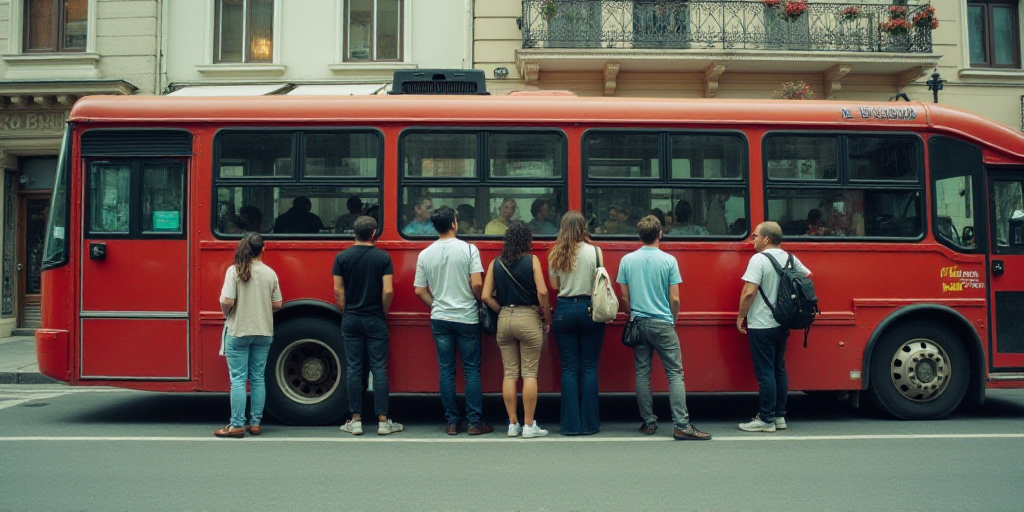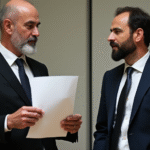Celebrating 20 Years of MetroBus Service
The Head of Government, Clara Brugada Molina, recently marked the 20th anniversary of Mexico City’s MetroBus system and announced the acquisition of 420 electric units over the course of the six-year administration.
MetroBus: A Vital Transportation Mode in Mexico City
Brugada Molina highlighted that the MetroBus has become the most crucial mode of transportation in the capital, second only to the subway, by ferrying an average of 1.8 million passengers daily.
Introducing Unique Electric Bilateral MetroBus Units
To bolster the city’s electromobility strategy, four unique electric bilateral units were put into service. These are the world’s first of their kind, signaling a transformation for the MetroBus system.
- Length: 27 meters
- Passenger Capacity: 270
- Sliding doors similar to the Metro, ensuring a more comfortable and secure boarding experience
Historical Context and Relevance
The MetroBus was an innovative mobility bet by former President Andrés Manuel López Obrador during his tenure as Head of Government and by former Mayor Claudia Sheinbaum Pardo when she led the city’s Environmental Department.
Future Plans for Electromobility
Brugada Molina announced that, over the six-year term, more electric units will be integrated into the MetroBus system, aiming for 420 electric buses by 2030. “Electromobility is here to stay,” she emphasized.
Modernization and Accessibility
Secretary of Mobility, Héctor Ulises García Nieto, explained that the introduction of this new electric bilateral bus represents a global milestone in transportation systems, as it is specifically tailored to Mexico City’s infrastructure conditions.
The modernization process aims not only to advance environmental sustainability but also to enhance service quality through operator training and attention to people with disabilities, implementing higher accessibility and efficiency standards.
Key Features of the New Units
During a demonstration of one of the four testing units on Line 1, which spans Insurgentes Avenue from Indios Verdes to Monumento al Caminero, MetroBus General Director Rosario Castro Escorcia detailed the prototypes’ features:
- Length: 27 meters
- Passenger Capacity: 270
- Sliding doors for a more comfortable and secure boarding experience
- Quiet operation
- Environmentally friendly, being fully electric
Castro Escorcia stated, “This will improve our users’ travel experience, continue transforming this iconic corridor after 20 years of service, and take a significant step toward electromobility by incorporating this 100% accessible unit.”
Zero Emission Bus Rapid-deployment Accelerator (ZEBRA) Initiative
These prototypes are being tested as part of the ZEBRA initiative, which also includes Bogotá, Colombia, and Curitiba, Brazil. The goal is to develop the world’s first electric bilateral bus for Bus Rapid Transit (BRT) systems.
Vehicle Specifications
The vehicles come with a battery package offering over 330 kilometers of autonomy and can be fully charged in approximately two hours. They have a lifespan of 15 years.
Manufacturer Information
The new units are manufactured by Volvo, Hyundai, and Yutong.






